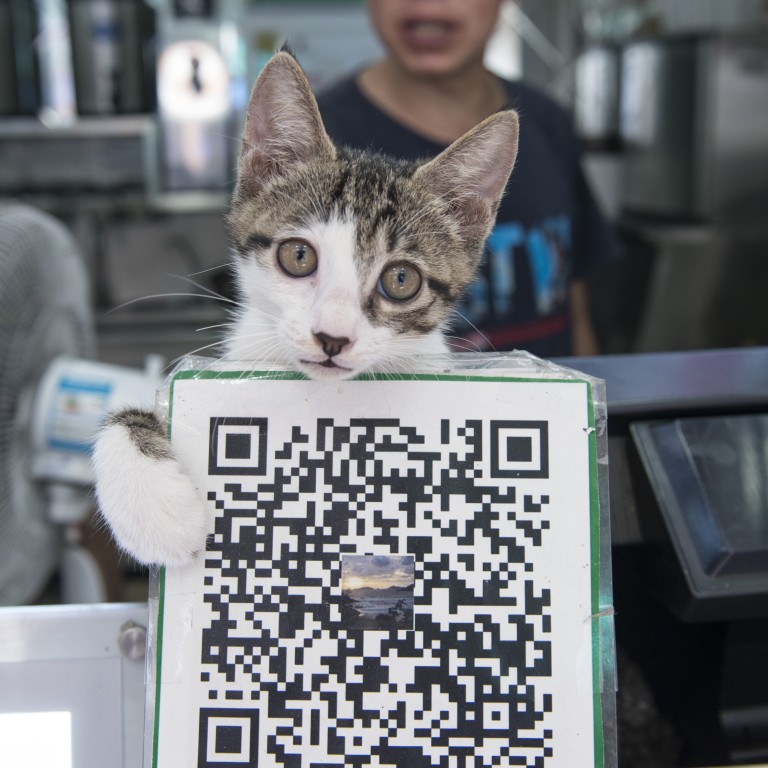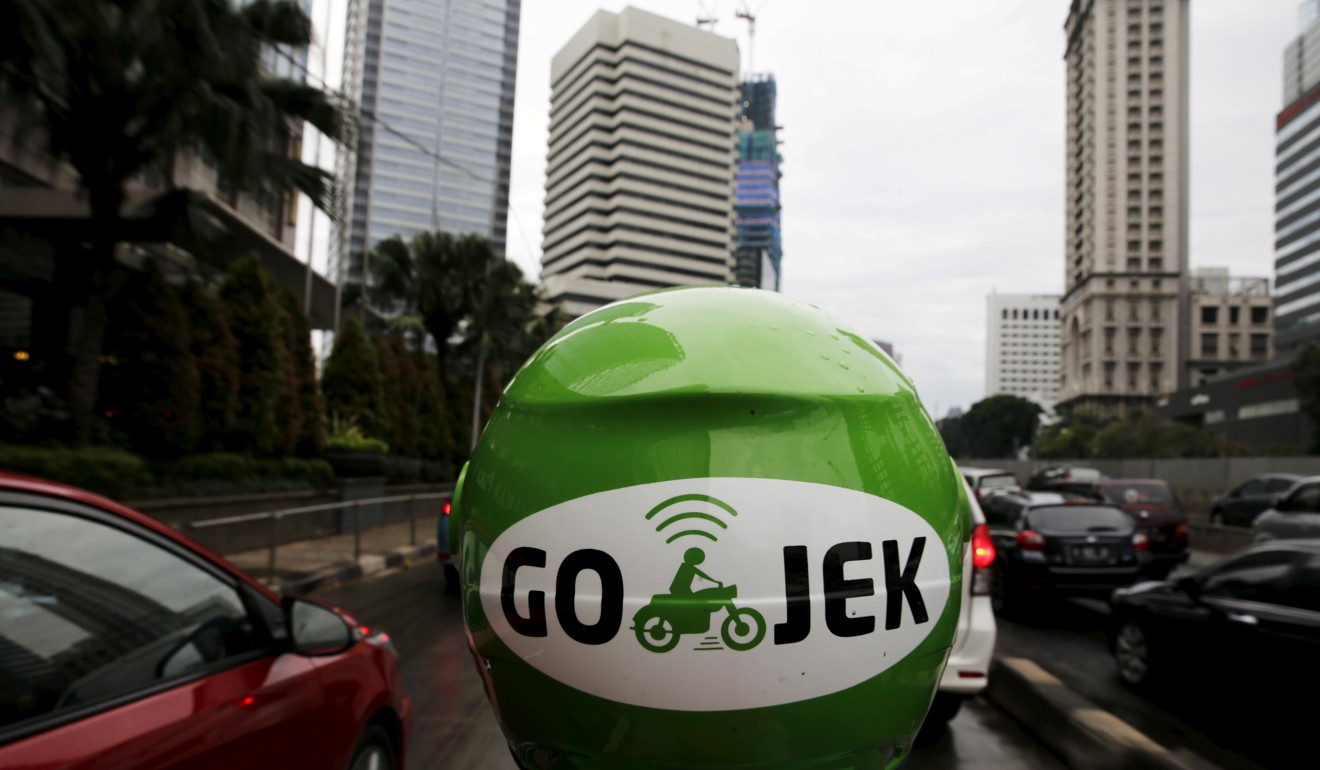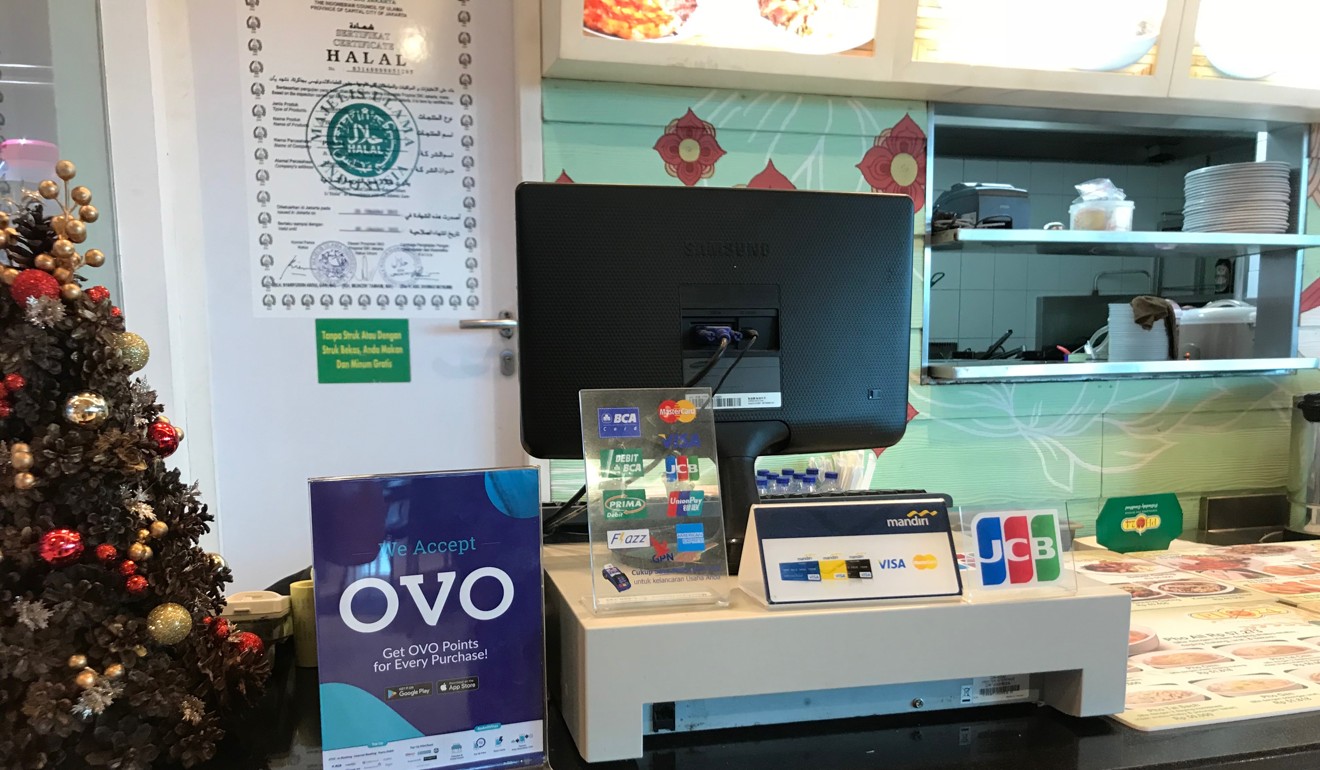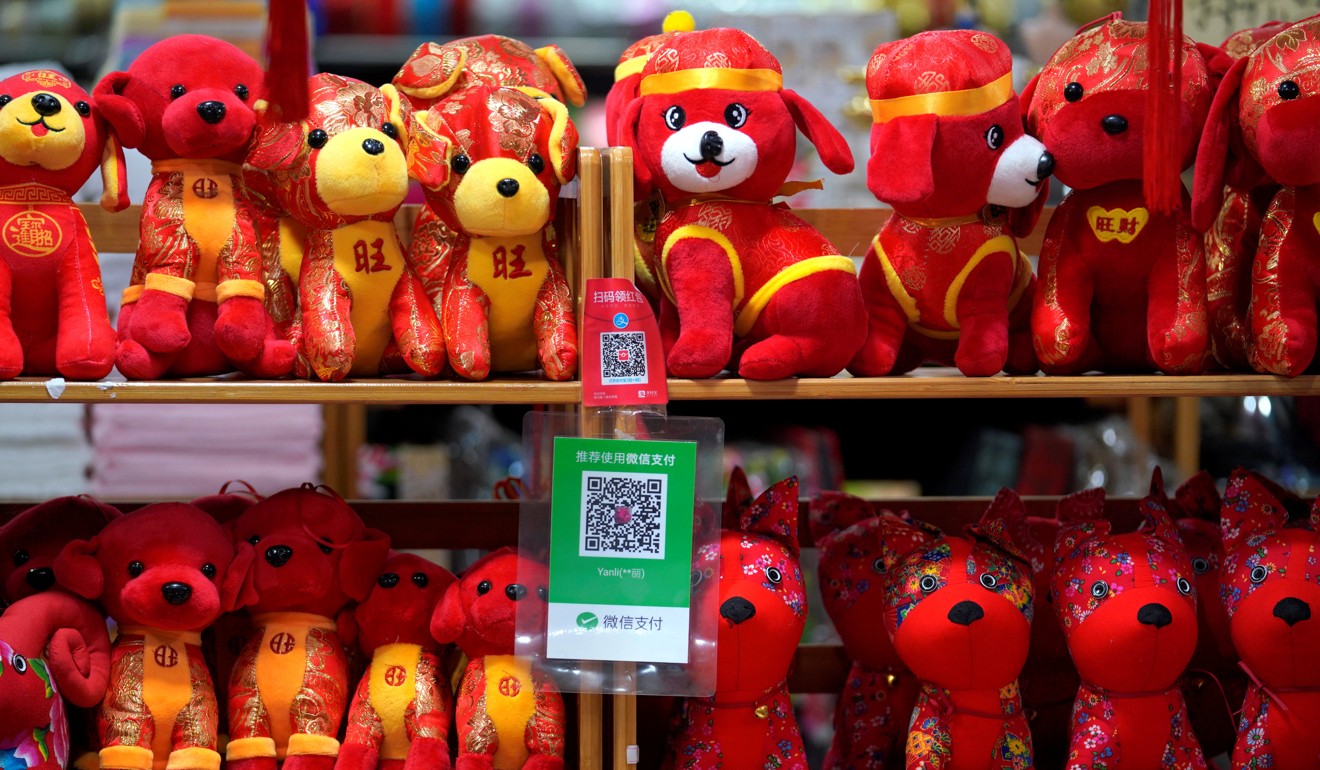
Can China’s Alipay, WeChat cash in as Indonesia embraces QR codes?
- Indonesia is playing catch-up with its regional rivals when it comes to cashless payments
- But there are rich rewards on offer for companies that unlock its potential
Who would have thought paying for a bubble tea could be such a revolutionary act?
Probably not Nabila Yustikarani, a 20-year-old entrepreneur in Jakarta, as she swipes the now familiar black and white barcode-like square in front of her smartphone, in the process earning almost half her money back.
“I just earned 14,000 rupiah (US$1) in cashback from my 31,000 (US$2.1) bubble tea purchase, and I like paying for stuff with my GoPay, it’s faster and less of a hassle than cash,” she says, referring to the mobile wallet app that is helping Indonesia, slowly but surely, embrace the world of cashless payment.
Indonesian shoppers like Yustikarani are using their smartphones to pay for everything from sushi to cinema tickets, thanks largely to the arrival of quick-response (QR) codes popularised by GoJek, the Indonesian ride-hailing and on-demand service giant that spawned GoPay.
And while Indonesia has a long way to go before catching up to the likes of China, where QR codes are ubiquitous, its uptake of cashless payments has been accelerated by the kind of cashback promotions enjoyed by Yustikarani on her bubble tea.

“At first I was interested because of the promos,” says Adelia Mutiara, a cost-conscious 20-year-old college student from West Nusa Tenggara – an island 193km from Bali. “As it turned out the whole process is fast. By using GoPay I don’t have to withdraw cash from the ATM or be bothered about change.”
GoJek, recently valued at US$5 billion, introduced GoPay in 2016 to solve payment issues in situations where drivers didn’t have enough change, but it soon widened GoPay’s remit to include 19 other on-demand services offered by GoJek, including food delivery and personal shopping.
A Catch-22 from China that could derail Indonesia’s Widodo
Now GoPay can be used to withdraw cash and pay for utilities and household bills and from May consumers have been able to make offline purchases via QR-code scanning.
More than 200,000 online and offline merchants, ranging from Starbucks and cinemas to roadside kiosks, now accept GoPay and it accounts for half of GoJek’s total transactions.
“Why did we pick the QR code? Because with just a smartphone equipped with a camera, it can be used by all Indonesian people,” says GoPay’s managing director Budi Gandasoebrata.

“For businesses, GoPay can help them be more transparent and manage their cash flow. For many of our merchants, accepting payments via GoPay is their first interaction with cashless payments.”
GoJek is not the only company cashing in on the cashless revolution. Its arch-rival, Singapore-based Grab, has teamed up with Ovo – owned by the Lippo conglomerate – to offer QR-code payments through 9,000 small and medium-sized businesses and aims to expand this reach to 100,000 businesses by the end of the year.
The push to sign up these offline merchants is the latest battle ground between GoJek and Grab, which are vying to become Indonesia’s – and eventually Southeast Asia’s – go-to “superapp”, much like WeChat is to China.
Get smart: Indonesia’s ramshackle warung stores go digital
Now even banks and telecoms firms are launching QR-code-based services, among them Indonesia’s largest private bank, Bank Central Asia, and its biggest telecoms firm, Telkomsel. Bank Mandiri, Indonesia’s largest state bank, will launch a QR-code product in January.
“I have to be thankful to GoPay and Ovo, they’re pushing [QR-code payment] and willing to educate the market about QR, so it is now more open to these payments,” says Ari Awan, chief technology officer at Dimo Pay Indonesia, a fintech company that operates Pay By QR, a payment system used by 21 clients including banks and major telecoms providers.
“I first offered QR-code payment to all 182 banks in Indonesia in 2014 and they laughed at me because they didn’t believe in this tech. Now, the clients come to me themselves. This shows that if all players worked together this payment method will take off.”

According to the central bank, there are 12 QR-code payment companies like Dimo Pay in Indonesia.
For mobile payment providers, Indonesia represents a great prize. The archipelago is Southeast Asia’s largest and fastest growing internet economy; the market size has been projected to reach US$27 billion this year and US$100 billion by 2025 (according to a recent report by Google and Singapore’s state investment fund Temasek).
And there is plenty of room for growth. Just 57 per cent of Indonesia’s 260 million people have access to the internet, but most of those that do have access also have smartphones with built-in cameras: all that is needed to make QR-code payments.
From January to September 2018, cashless payment transactions hit 31.26 trillion rupiah (US$2.1 billion), a jump of 12.37 trillion rupiah from the same period last year. And as more people come online in the next few years, mobile payments are expected to surge.
Figures such as these have caught the notice of Chinese QR pioneers like WeChat Pay and Alipay, which have reportedly met the state-owned Bank Negara Indonesia (BNI) to discuss a possible alliance.

Alipay is a payment service owned by Alibaba, which owns the South China Morning Post. WeChat Pay, owned by Tencent, has made forays into Malaysia, Thailand, and Singapore, targeting the growing number of Chinese tourists in the region. Alipay is also available in Singapore.
However, both these firms face a complication: unlike in China, 60 per cent of Indonesians are either unbanked or underbanked, but the services offered by Alipay and WeChat are typically connected to bank accounts. Local firms had got around this by linking to phone numbers rather than bank accounts and by enabling top-ups through physical outlets such as mini markets or even ride-hailing drivers.
What Malaysia’s MRT has to learn from Indonesia’s BRT
Another hurdle, faced by all providers, is infrastructure. Internet connections remain unreliable in much of the country.
Despite these problems, the future of QR payments looks bright, especially if the central bank can succeed in encouraging interoperability between the various providers. The central bank is trying to formulate an operation standard for QR-code operators, but has set no time frame for when this will be achieved.
“QR-code payments are really driven by people’s acceptance of mobile wallets and for now people’s perception of mobile wallets is still askew,” says Awan at Dimo Pay Indonesia. “Many people still think they’re losing money if they store it in a mobile wallet.
“In Indonesia cash is still king, but I believe 100 per cent that we will become a cashless society.”

